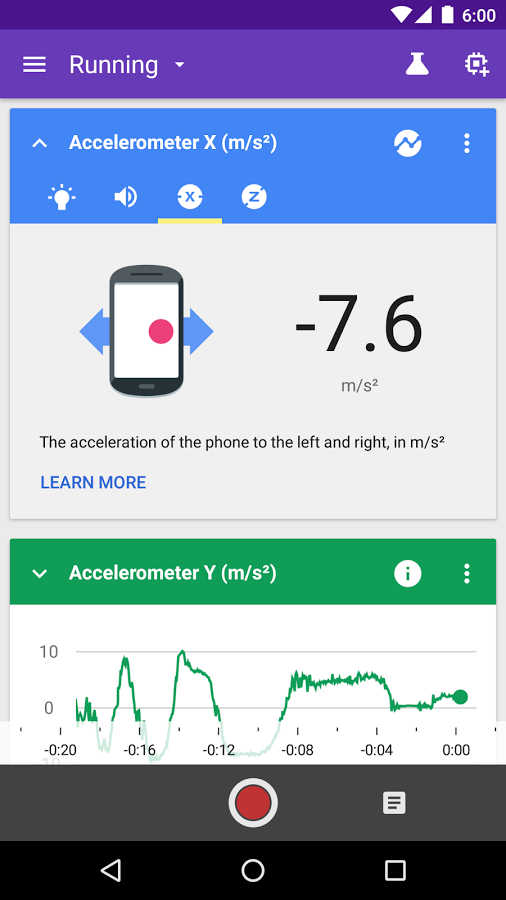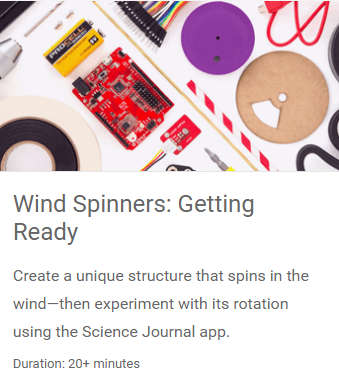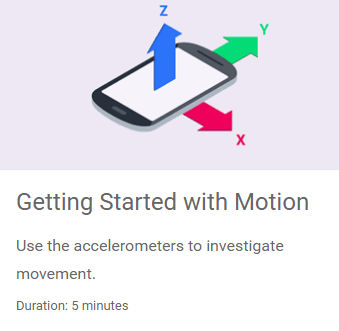| Google's Science Journal Android App For Experiments |
| Written by Mike James | |||
| Monday, 23 May 2016 | |||
|
We need to find good ways for young people to get started with real science and data. Google has produced an Android app that just might help - it sounds fun too. Science Journal sounds like something you could read, but in this context it's the sort of Journal you record results in. It is an Android app that lets the user indulge in science projects without the need for a lab. - or to put it another way Science Journal makes your Android a lab. Why is it that we need low cost computers like the Raspberry Pi or the micro:bit when we nearly all carry very capable computers around with us in the shape of our smart phones. If the idea of using even a cheap smart phone for a science experiment alarms you - then you need to consider the fact that they nearly all have a collection of sensors that means you don't have to open up the case and add things to be useful. A typical smart phone has a light sensor, used to adjust the brightness of the screen, a microphone and an accelerometer. The new app provides the software to make use of these sensors to do projects. There is also a companion web site that suggests things you could do. For example, investigate how the brightness varies with angle. The sound sensor can give you the sound level but sadly doesn't do more advanced things like compute a spectrum.
Perhaps the sensor with the most possibilities is the accelerometer. You can use this to record any or all of the accelerations in the x,y and z plane. This is also where it gets dangerous for the phone: Place the phone flat on a table and drum on or shake the table. Drop the phone, from a safe distance, into your hand or into something soft. Place the phone inside a long sock and swing it around your head. Which accelerometer worked best for recording your motions? So stay alert for You Tube opportunities of people swinging phones in socks around their heads. I also predict a rise in phone repair bills. At the end you might be thinking that the whole idea is very limited but there is more too it. Google has added the idea of connecting microcomputers that support Bluetooth to add sensors. There is an Arduino sketch for example, available on GitHub, that uses a light sensor to count the rotations of a wind rotor. You can then experiment to find out what makes a good wind rotor.
Adding an Arduino to the mix opens up huge horizons. Once you have one Bluetooth connected sensor why not more? This is where the real science could start. You could for example have an accurate temperature sensor or a ph meter. Of course, you could have all of these with just an Arduino or a Raspberry Pi but interfacing them to an Android app makes doing the experiments easier and fun.
More InformationRelated ArticlesAndroid Experiment I/O Challenge Teaching Coding To The Next Generation Astro Pi - What Can A Raspberry Pi Do In Space?
To be informed about new articles on I Programmer, sign up for our weekly newsletter, subscribe to the RSS feed and follow us on, Twitter, Facebook, Google+ or Linkedin.
Comments
or email your comment to: comments@i-programmer.info |
|||
| Last Updated ( Monday, 23 May 2016 ) |





